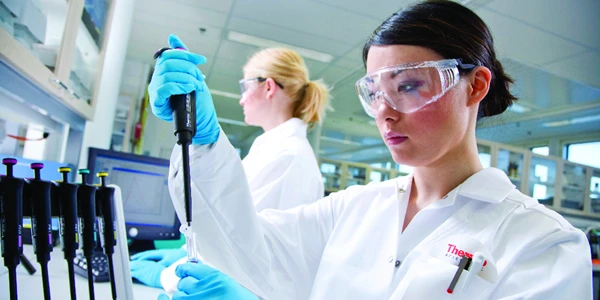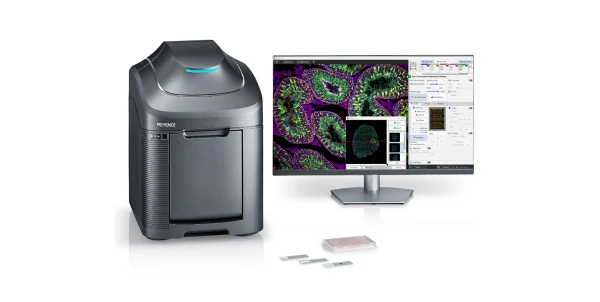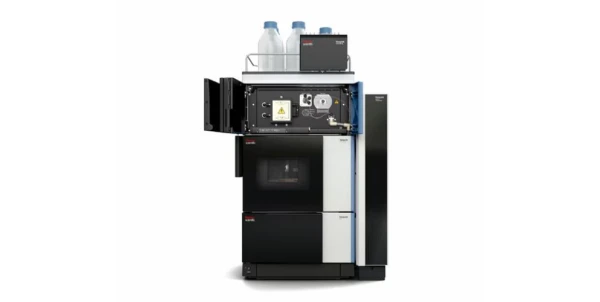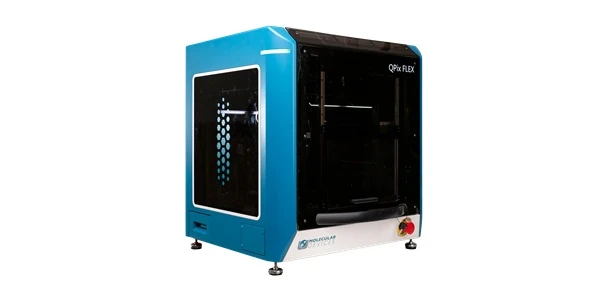Ensuring Safety and Compliance with Rotary Evaporators

Safety and compliance are paramount when using rotary evaporators in any laboratory setting. These devices handle various solvents and chemicals, which can pose significant risks if not managed properly. Ensuring that your rotary evaporator meets safety standards and compliance requirements is crucial to maintaining a safe laboratory environment. This article outlines the key safety features to look for in a rotary evaporator and the importance of certifications and compliance with standards.
Key Safety Features to Look for in a Rotary Evaporator
When selecting a rotary evaporator, it's important to consider specific safety features that can protect users and the lab environment. Here are some essential safety features to look for:
Overheat Protection: Rotary evaporators often involve the use of heating baths to facilitate solvent evaporation. Overheat protection is a critical safety feature that prevents the heating bath from exceeding safe temperature limits, which can lead to thermal hazards or damage to the samples.
Automatic Shut-Off: An automatic shut-off feature is crucial in preventing accidents. This feature automatically turns off the evaporator when it detects abnormal conditions, such as overheating, vacuum loss, or excessive pressure, ensuring that the equipment does not operate under unsafe conditions.
Vacuum Release Valve: A vacuum release valve is essential for safely managing the vacuum pressure inside the rotary evaporator. This valve allows for the controlled release of vacuum pressure, preventing sudden changes that could lead to sample loss or equipment damage.
Splash Protection: Splash protection is vital to prevent the splashing of solvents or samples, which can cause contamination or pose chemical hazards. Look for rotary evaporators with splash guards or shields to protect users and maintain a clean workspace.
Emergency Stop Button: An easily accessible emergency stop button allows users to quickly halt the operation of the rotary evaporator in case of an emergency. This feature is critical for preventing accidents and ensuring user safety.
Protective Housing and Guards: Protective housing and guards around the moving parts of the rotary evaporator, such as the rotating motor and glassware, help prevent accidental contact and injuries. Ensure that the evaporator has robust protective barriers to keep users safe.
Importance of Certifications and Compliance with Standards
Compliance with safety standards and certifications is essential to ensure that your rotary evaporator is safe to use and meets industry regulations. Here’s why certifications and compliance are important, and how to verify them:
Ensuring Product Quality and Safety: Certifications and compliance with standards such as CE (Conformité Européenne), UL (Underwriters Laboratories), and ISO (International Organization for Standardization) indicate that the rotary evaporator has been tested and meets specific safety, quality, and performance criteria. These certifications provide assurance that the equipment is safe to use and manufactured to high-quality standards.
Meeting Regulatory Requirements: Depending on your location and industry, there may be regulatory requirements for laboratory equipment. Compliance with recognized standards ensures that your rotary evaporator meets these requirements, which is crucial for legal and operational reasons. Using certified equipment can also prevent legal liabilities and ensure that your lab adheres to safety regulations.
Reducing Risk of Accidents and Liability: Using rotary evaporators that are certified and compliant with safety standards reduces the risk of accidents and injuries. It also minimizes the potential for equipment malfunctions, which can lead to costly repairs or downtime. In addition, compliance with safety standards can protect your laboratory from liability issues that may arise from accidents or non-compliance.
How to Verify Certifications and Compliance
To ensure that your rotary evaporator meets safety and compliance standards, follow these steps:
Check for Certification Labels: Look for certification labels such as CE, UL, or ISO on the rotary evaporator or its documentation. These labels indicate that the equipment has been tested and certified by recognized organizations.
Request Documentation from the Manufacturer: Ask the manufacturer or supplier for documentation that verifies the rotary evaporator’s compliance with relevant safety standards. This documentation may include test reports, certification certificates, and declarations of conformity.
Consult the User Manual: The user manual should provide information about the safety features and compliance standards of the rotary evaporator. Review the manual to understand the equipment’s safety specifications and how to operate it safely.
Verify with Third-Party Organizations: Some third-party organizations provide certification and compliance verification services. You can consult these organizations to verify the certifications and compliance of your rotary evaporator.
Regularly Inspect and Maintain Equipment: Compliance is not a one-time event; it requires ongoing maintenance and inspections. Regularly inspect your rotary evaporator to ensure that all safety features are functioning properly and that the equipment continues to meet compliance standards.
Conclusion
Ensuring the safety and compliance of your rotary evaporator is critical to maintaining a safe and efficient laboratory environment. By focusing on key safety features and verifying certifications and compliance with standards, you can protect your lab, your samples, and your personnel. Taking the time to choose a rotary evaporator that meets safety and compliance requirements not only enhances safety but also provides peace of mind and reliability in your lab operations. Prioritizing safety and compliance is an investment in the long-term success and sustainability of your laboratory.










